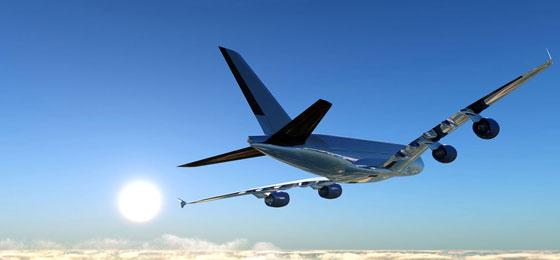Charting tourism’s globalisation

Tourism may have expanded recently, but according to a study looking at the period between 1800 and 2000, growth in the number of destinations has not been linear. In fact, it has been a case of fits and starts. By Marie-Jeanne Krill
There’s no denying that globalisation is taking over or that tourism hasn’t escaped its clutches. But who’s to say when a tourist destination emerged or how it has evolved since? These are the questions being asked by Andreea Antonescu, a PhD student in the research team of the Interdisciplinary Teaching and Research Unit for Tourism (UER) at the Kurt Bosch University Institute at Sion.
In search of answers, she is taking a geo-historical approach to the topic and has produced a hundred or so maps to support her research, relying on information drawn from both antique and contemporary travel guides. “The literature in this area is vast. And since travel guides first appeared in and around the 1780s, they’ve done nothing but proliferate and diversify”, she says. For her work, she has stuck to the best-known and most widely disseminated series from French, German and English-speaking regions over different periods between 1800 and 2000. Her sources therefore include the Joanne Guides, the Guide Bleu and Routard; Appleton’s, Fodor’s and Murray’s; the Rough Guides and the Baedeker series. Whilst this outlook is a Western one, she doesn’t rule out referring to more varied sources in the future.
“Although initially centred on Europe and the United States, the scope of tourism has gradually extended to the rest of the world”, says Antonescu. “But there was nothing linear about this development. Change came in spurts, with fits and starts at different moments”. The first period of expansion came between 1830 and 1870 when the tourist network became characteristically dense in Europe and the United States. It was during this time that many sites became renowned, including beach and mountain resorts (in total some 12,000 tourist spots were put on the map), yet the rest of the world remained relatively unchanged.
In the colonies too
Then, between 1870 and 1914, this pattern of rapid growth changed course thanks to a number of innovations, such as the expansion of railways, the introduction of the motor vehicle and the custom of spending winter in the mountains. Furthermore, the 25,000 new resorts that did pop up over this period did so in an uneven fashion: Europe and the United States continued to densify, but so too did China, South Africa and European colonies.
Progress ground to a halt during the First World War. Actually, some 25,000 destinations locked up shop, some temporarily – some permanently. And then, from 1920 to 1950, there were only 9,400 new locations built, despite more new customs such as the spending of summer by the seaside and the widespread use of the car. It wasn’t until 1970 and onwards that the tourist system underwent true globalisation with the creation of more than 36,000 new destinations. And, excepting a few areas in Russia, the Amazon and Africa, tourist infrastructure now covers the entire planet.
Of course, with the passage of time, some places have ceased to function as tourist hotspots. This was the case for a large number of places between 1929 and 1973. Conversely, others have achieved the feat of retaining their status over the long term. “Of the 2,400 destinations listed in 1793, there are 140 still functioning today”, says Antonescu. Included in this list are Lavey-les-Bains in Switzerland, and many Italian cities (Florence, Padua, Naples and Rome, for example), as well as some other European cities such as Innsbruck, Madrid and Seville.
Marie-Jeanne Krill is an editor for Horizons.From "Horizons" No. 101, June 2014